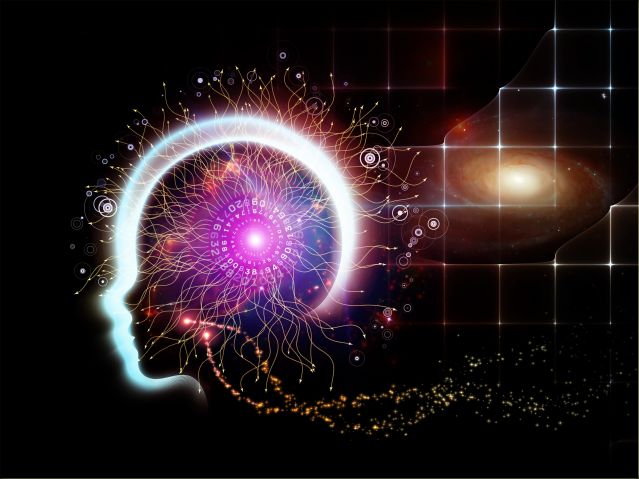
Brain Responds to Light

Brain Responds to Light
In work recently published in the journal Nature, Dr. Roberto Manilow of University of California San Diego, tested the technique of optogenetics which allowed scientists to manipulate psychiatric symptoms in rats based on the strength of memories associated with them. A specific memory, as recent science has demonstrated, is stored in a loose connection of a few interlinked neurons. The strength of this memory–its intensity and consequent symptom production–is dependent upon the strength of the connection between these specific neurons.
Optogenetics works on memory neurons. In rats, a gene for a light sensitive protein called “opsin” is inserted into the DNA of memory neurons. When opsin is produced, the gene’s function can be controlled by external light, with the opsin acting like a switch. When opsin is stimulated, usually by a carefully placed ultrathin light source, the opsin gene is “turned on” and the neuron makes a specific protein (usually a neurotransmitter). This neurotransmitter, when sent from one neuron to the next, will strengthen the neural connections between those two neurons. When the light is turned off, opsin stops working and the release of this neurotransmitter decreases again thus weakening the connection.
Here’s the interesting part. The memory controlled by this small network of neurons can now be either intensified or erased base upon whether the light source is turned on or off. And with the erasure of a bad memory, all the associated psychiatric symptoms–think PTSD–go away and never come back. Treatment possibilities with optogenetics for depression look promising. Alzheimer’s prevention and treatment might involve manipulation of memory neurons as well.
So the “root” of mental illness might be in the strength or weakness of intra-neuronal chemical signals. And these signals may be manipulated directly, thus eliminating the need for long expensive therapy or harsh medications. And it may forever put to rest the ingrained “therapy-versus-medication” question. The answer: Maybe both are wrong. Perhaps Men in Black had it right all along.

